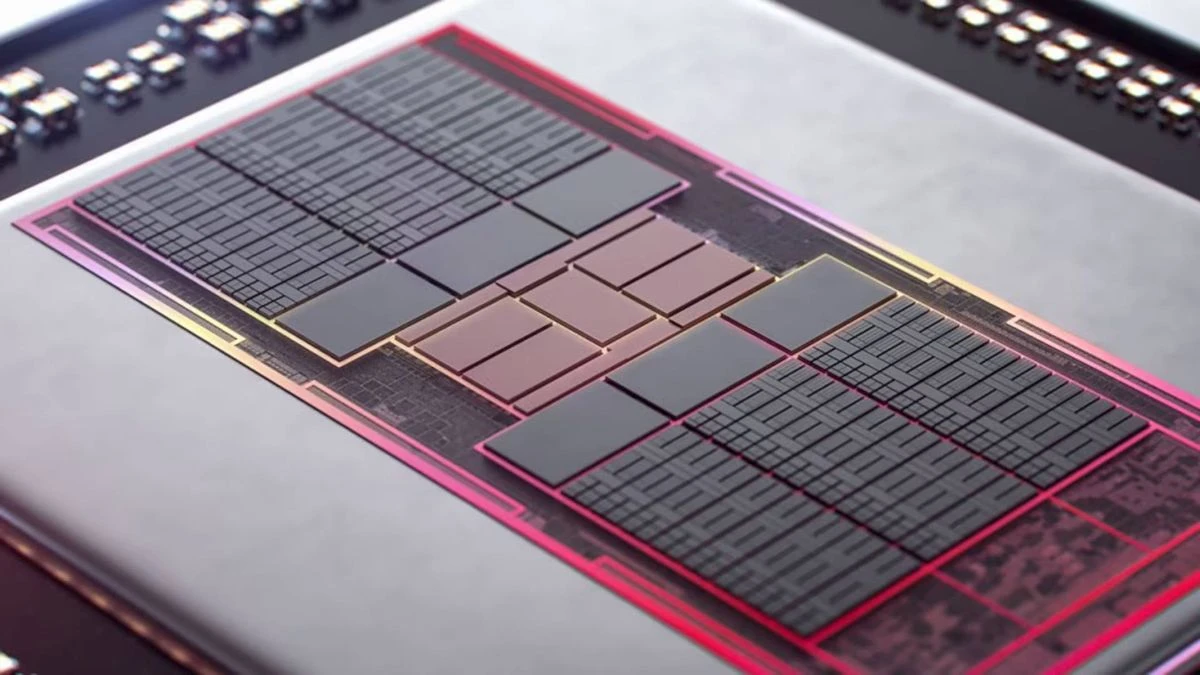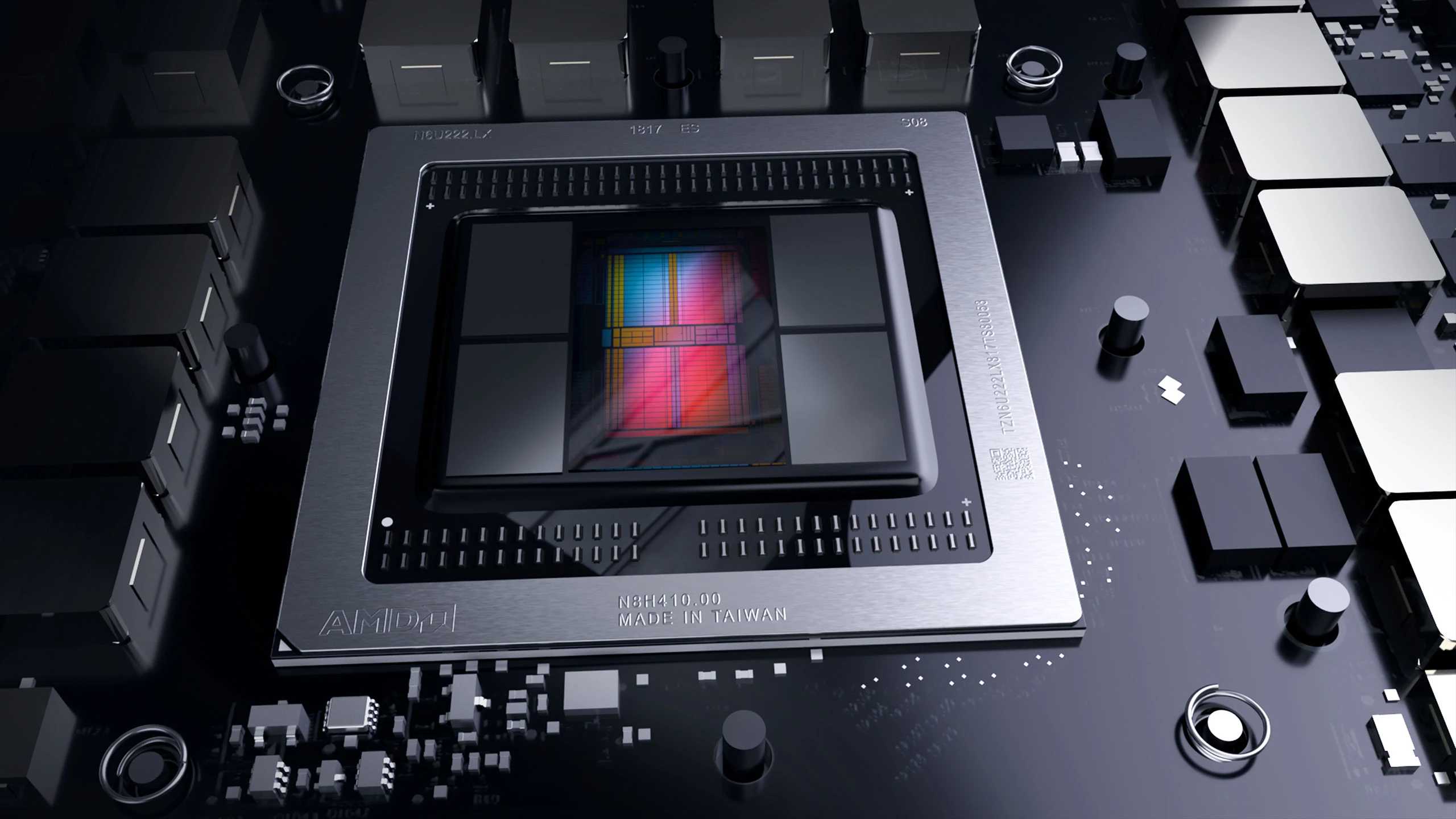AMD's plan to combine its RDNA and CDNA architectures into a single system called UDNA is a hit with developers.
AMD has been experimenting with graphics architectures ever since it acquired GPU firm ATI Technologies, in 2006. The current AMD approach, which is divided into two systems, one for PC clients, and the other for AI and data servers, will be replaced by a unified architecture that combines the best of both.
Jack Huynh is AMD's senior Vice President, and he announced AMD's GPU plans to Tom's Hardware in an interview. There's not a lot of information about what the plan is or when the first products will be released based on this architecture. But we do know the name: UDNA.
The majority of PC and console players today are only familiar with AMD's RDNA, which was first introduced in 2019 with Radeon RX5700 XT. It was a complete overhaul of AMD's GCN architecture (Graphics Core Next), which greatly improved the IPC, efficiency and overall performance. It was a much needed improvement from the perspective of a game developer, as it was designed with gaming in mind.
GCN was first introduced in 2012, and even though it has evolved through several iterations it still focuses on compute. When it first appeared, GCN was a technology ahead of its time. However, as games began to rely more on compute shaders for rendering, GCN's issues (such as low IPC) started to slow things down.
AMD didn't abandon RNDA when it switched to RNDA for its GPU. CDNA was reborn and is now used to power the Instinct MI300 accelerator.
Nvidia, however, took a different approach and used the same architecture for its gaming chips for a long time as it did for workstations and server processors. This is still the case, even though there are some differences in the L1 and L2 cache between GPUs designed for clients and those designed for servers. Nvidia's designs, however, are essentially the same, both in terms of hardware and software.
It's not surprising that AMD has decided to combine its GPU architectures in a single system that can be used for any application.
Huyhn told Tom's Hardware that "we have a CDNA Architecture for our Instinct Data Center GPUs and RDNA For the Consumer stuff." It's forked. We will now call it UDNA. Both Instinct and the client will have a single unified architecture. We'll unify so that developers will have it much easier than today, when they must choose and the value is not improving.
This should result in the implementation of dedicated matrix calculation cores on all AMD GPUs. Intel and Nvidia already have them (the former call them XMX AI Engines whereas the latter call them Tensor Cores) and these are put to good use for upscaling, frame generation and other tasks.
The RDNA GPUs are also capable of doing such calculations but they are done on the standard shading units. Only the massive CDNA GPUs possess matrix cores.
If you were hoping to see UDNA in the near future, you will be disappointed. Huynh told Tom's Hardware that they had not disclosed the time frame. It's about strategy. Strategy is important to me. I think this is the right strategy. "We have to make sure that we're doing the correct thing."
I doubt AMD has only just taken this decision, but even if AMD started the ball in motion at the beginning this year, it may take two or three more years before we see UDNA-powered Radeon graphic cards. We'll at least have a generation or two of RDNA 4 and possibly RDNA 5 GPUs before UDNA appears.
UDNA may not be the first platform to feature UDNA, but rather a console. AMD makes a good chunk of its revenue from selling semi-custom APUs. The Series X/S, PlayStation 5, and Series X/S were the first chips with AMD's ray tracing tech.
A GPU architecture that is fully unified should make it easier for game developers to create games which work on consoles as well as on handheld gaming PCs or desktop systems.
AMD is likely to share more details in the next few months.





Comments